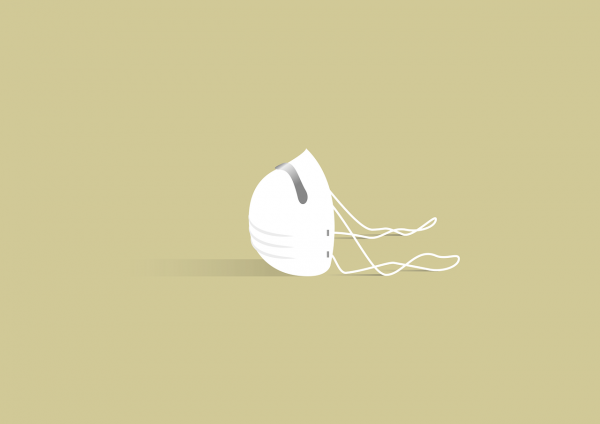The Centers for Medicare & Medicaid Services (CMS) is proposing reductions to Medicare Part B reimbursement for physical therapy (PT) and occupational therapy (OT).
For more on this proposed 9% cut, please see the article below.
The Centers for Medicare & Medicaid Services (CMS) is proposing reductions to Medicare Part B reimbursement for physical therapy (PT) and occupational therapy (OT).
For more on this proposed 9% cut, please see the article below.
The Centers for Medicare and Medicaid Services (CMS) have announced that nursing homes will receive a $750 million Medicare pay increase in 2021.
For more on this and insight into the Skilled Nursing Facility (SNF) Prospective Payment System (PPS) please see below.
Between the fourth quarter of 2018 and the fourth quarter of 2019, Medicare Advantage increased to account for 34 percent of Medicare.
It’s predicted that this rise will continue this year. For more on this, please see the article below.
CMS Administrator Seema Verma has indicated that telehealth expansions put in place during the pandemic may be permanent after a thorough assessment.
For more on this with a look into three areas being examined before permanent telehealth expansions are finalized, please see the article below.
Facilities that were acquired early in 2020 have noticed the much needed Medicare relief fund meant to help weather the financial strains of the COVID-19 crisis, stuck in limbo.
Funds were distributed to providers based on their 2019 Medicare reimbursements by the Department of Health and Human Services (HHS), who sent money to the account connected to the provider’s taxpayer identification number (TIN).
For more on this and what is now taking place to rectify the problem, please see below.
The Centers for Medicare and Medicaid Services (CMS) unveiled enhancement enforcement actions for nursing homes based on COVID-19 data and inspection results. This announcement came on June 1, 2020, expanding on the previous actions taken by CMS to assure safety and security in nursing homes during the COVID-19 crisis. Facilities with persistent infection control violations will see civil money penalties (CMPs) through enhanced accountability measures.
For more on this, please see the full CMS press release below.
In October of last year, the Patient-Driven Payment Model (PDPM) was implemented, more closely linking Medicare reimbursement with resident acuity.
The current COVID-19 crisis appears to have validated the federal government’s decision to replace the RUGs model with PDPM.
For more on this see the article below.
To protect the progress of the value-based payment reform, the American College of Physicians (ACP) recently reached out to the Centers for Medicare & Medicaid Services (CMS) recommending to extend flexibilities in the Quality Payment Program (QPP) to protect clinicians against long-term effects of the COVID-19 crisis.
For visibility to the proposed flexibilities ACP outlined please see the below.
The Centers for Disease Control and Prevention (CDC) is requiring all nursing homes to report COVID-19 information every seven days.
This data will serve to capture the trajectory of the disease and help providers gather the necessary resources.
For more on this please see the article below.
Senior living facilities currently show that around 30% of their residents are enrolled in a Medicare Advantage (MA) plan.
We’ve been tracking this for years, noting that MA continues to grow across Ohio’s 88 counties.
Our most recent MA enrollment report shows that Ohio now exceeds 50% MA penetration in some urban counties and 40% in many rural counties.
For more on the ‘Tremendous Opportunity’ that facilities can find by educating themselves on their market see the article below.
We also provide custom reports on payer and penetration information upon request! Contact us today at info@accesselite.com.

PO Box 340126
Columbus, OH 43234
Office: 614.345.5001
© 2007-2025 Access Advantage · Access Innovations · Access Elite










